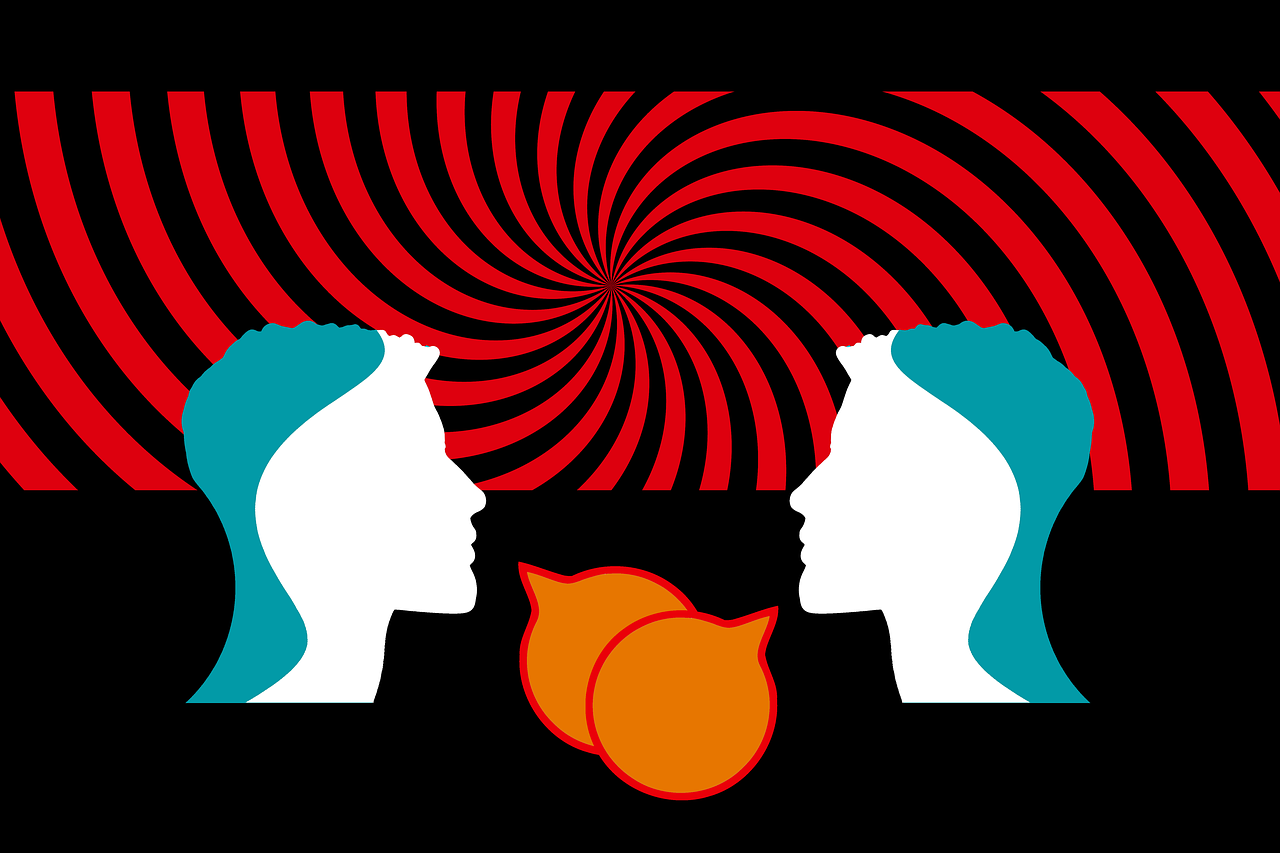
What is Bipolar Disorder?
Bipolar disorder is a mental health condition marked by extreme mood swings, including emotional highs (mania or hypomania) and lows (depression). These shifts can significantly impact daily life, relationships, and productivity.
Types of Bipolar Disorder
- Bipolar I Disorder: Characterized by manic episodes lasting at least seven days or requiring immediate hospital care. Depressive episodes typically last about two weeks.
- Bipolar II Disorder: Defined by a pattern of depressive episodes and hypomanic episodes but without the full-blown manic episodes seen in Bipolar I.
- Cyclothymic Disorder: Periods of hypomanic and depressive symptoms lasting at least two years (one year in children and adolescents) but not meeting the criteria for major episodes.
Symptoms
Manic symptoms can include increased energy, euphoria, irritability, and impulsive behavior. Depressive symptoms may involve persistent sadness, feelings of hopelessness, and changes in sleep and appetite.
Causes and Risk Factors
While the exact cause of bipolar disorder is unknown, genetic, biological, and environmental factors may play a role. A family history of bipolar disorder or major depressive disorder can increase the risk.
Treatment and Management
Effective treatment often combines medication and psychotherapy. Mood stabilizers, antipsychotic medications, and antidepressants may be prescribed to help balance mood swings.
Living with Bipolar Disorder
Living with bipolar disorder can be challenging, but many individuals lead fulfilling lives with proper treatment, support, and coping strategies. Awareness, self-care, and strong support systems are crucial.